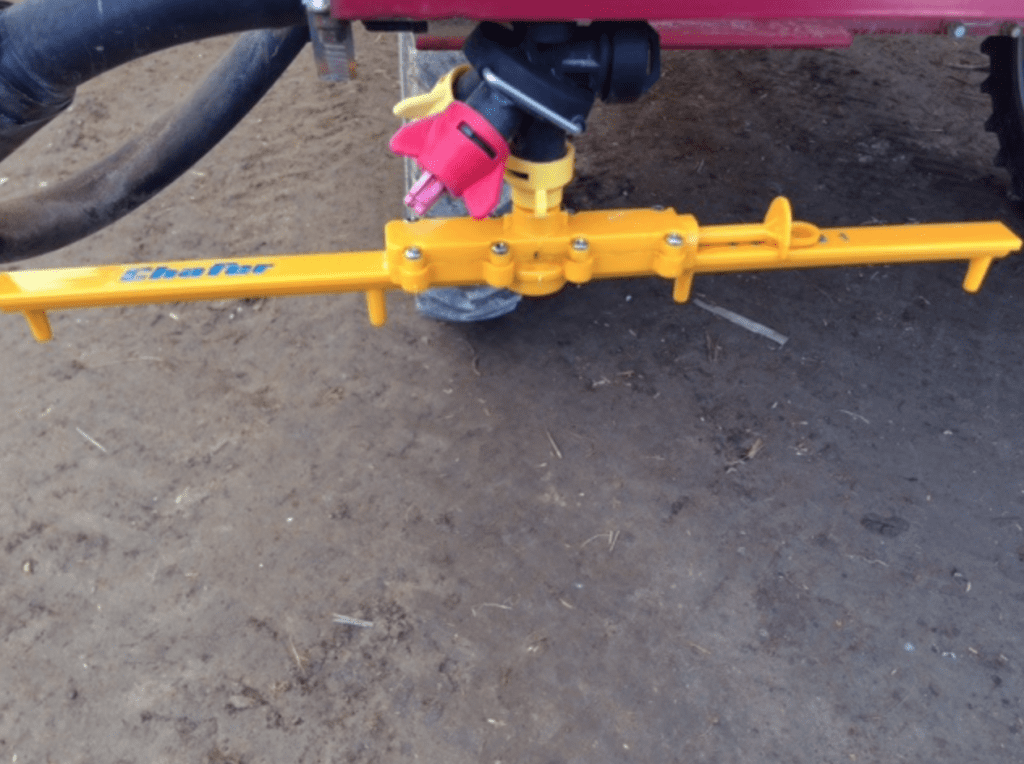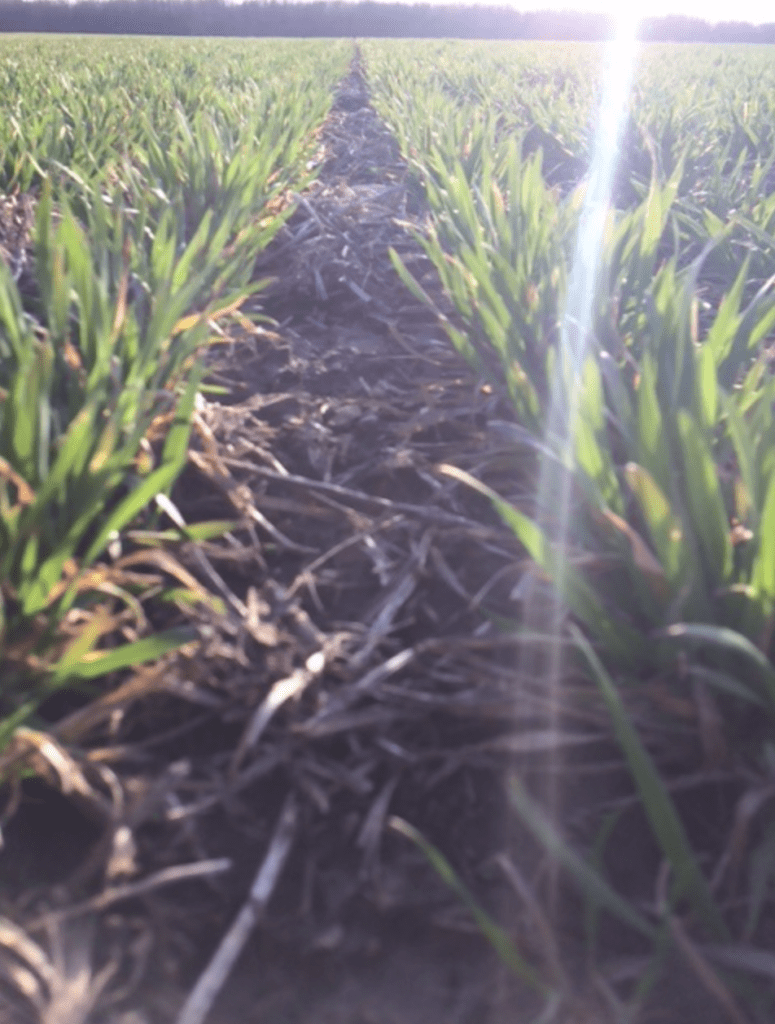Maximizing Profits from N+S Applications
In the southern part of the province (South of Hwy8 and into the Niagara region) there has definitely been some activity in the wheat fields, some even starting to the North as of yesterday. Floater trucks, airflows, sprayers, and pull-type spreaders are in full force on wheat fields that are FIT to carry. The question I have been asking Sales Reps, Agronomists and Farmers “is the nitrogen being split”? Approximately 20% say yes they are planning to split the N and the remaining 80% say it is too late split now.
Let’s dig into this a bit. When we go by calendar, yes, we are behind last year. However, when we look at growth stages and plant development, no, we are not behind last year. For the most part, the wheat only “fully” broke dormancy within the last couple weeks. If we were in a situation where it got wet and NO N had gone on and the plant stage was GS32 (2nd node detectable) then yes, one application would be fine.
In a perfect world, the first shot of N would have gone on a couple weeks ago and the second shot would have gone on around the early part of May. In reality, the spring planting is going to collide with the second application of N and it will be challenging to get everything done all at once. This is the biggest issue with splitting N; time management during the second pass. I realize there are lots of other jobs to be done at that time, however if you have a way to get the second pass done or know someone who can then do it, you will see the reward once the combines hit the field. If you do get someone else to do your second pass, make sure the tracks match the boom width that will do the T3 fungicide application; this will limit the amount of wheel tramp throughout the field.
The agronomic benefits far outweigh any risks of splitting N. The lodging potential is reduced and you can fine-tune the crops need for nitrogen (having N available at the right stage for maximum yield potential). This is important for soft red growers but even more important for hard red growers aiming for protein. The nitrogen use efficiency increases which also helps manage tillers. We all strive to be stewards of the land, splitting N greatly reduces environmental losses. If you are on the fence about splitting or not and are still waiting to get on the fields, split your N! A rule of thumb I like to use; early planted, thick wheat (40% total N at Kickstart (green up) and 60% total N at Yield Maker (GS32). If the wheat was planted late and has very few tillers, reverse the program to (60/40).
Two Days Following N+S Application
Observations from the Field
When performing any N applications on wheat, regardless of product, the most important factor is making sure you are applying products evenly and accurately.
A product we invested in at home to make sure we are doing a better job with our UAN + ATS applications are Streamer Bars from Needham Ag Technologies, LLC. Last week was our first experience with them over the first pass with N+S. A few things I noticed right away:
- They are extremely accurate, and have a perfect application pattern.
- They are not boom height sensitive. In rolling terrain the uniformity of pattern was not distorted.
- The sliding orifice makes them really easy to change the rate range (big wheat to small wheat).
- They produce very large droplets which are less apt to burn compared to the fine droplets we would get from our 5 hole tips. This will help a lot when the second application goes on at GS32 where we would normally seed “leaf scorch”.
Streamer Bars Installed on Hardi Navigator




